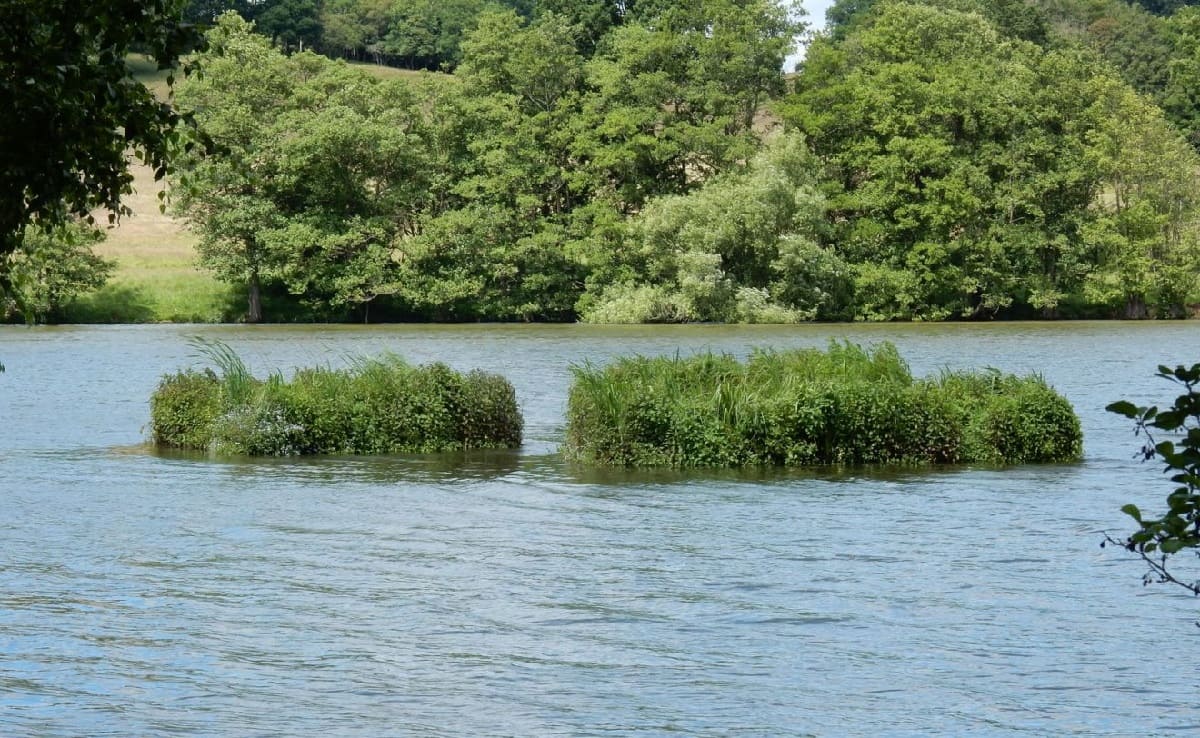Mystery Of Alaska’s Floating Peat Islands

Have you ever heard of Alaska's floating peat islands? These unique natural wonders drift across lakes and ponds, creating a magical landscape. Formed from layers of decayed plant material, these islands can support small trees and shrubs. Imagine standing on one, feeling it sway gently beneath your feet. The phenomenon occurs when peat bogs break free from the lakebed, buoyed by trapped gases. This creates a floating platform that moves with the wind. Visiting these islands offers a rare glimpse into a fascinating ecosystem. Ready to learn more about these incredible floating peat islands? Let's dive in!
What Are Floating Peat Islands?
Floating peat islands are unique natural formations found in Alaska. These islands are made of peat, a type of soil formed from decaying plant material. They float on water, creating a fascinating and ever-changing landscape.
How Do Floating Peat Islands Form?
Understanding the formation of these islands helps appreciate their uniqueness. They form when layers of peat accumulate over time in waterlogged areas. Eventually, these layers become buoyant enough to float on the water's surface.
Where Can You Find Floating Peat Islands in Alaska?
Alaska is home to several locations where you can witness these floating wonders. Here are some of the best spots to see floating peat islands:
Kenai National Wildlife Refuge
Located on the Kenai Peninsula, this refuge offers a chance to see floating peat islands amidst diverse wildlife. The refuge is a haven for birdwatchers and nature enthusiasts.Yukon Flats National Wildlife Refuge
This remote area in northeastern Alaska features numerous floating peat islands. The refuge is known for its vast wetlands and abundant wildlife, including moose and waterfowl.Innoko National Wildlife Refuge
Situated in western Alaska, Innoko is another prime location for floating peat islands. The refuge's wetlands provide a perfect environment for these unique formations.Koyukuk National Wildlife Refuge
Located in the central part of the state, Koyukuk offers a chance to see floating peat islands in a pristine wilderness setting. The refuge is also home to a variety of fish and bird species.Nowitna National Wildlife Refuge
This refuge in central Alaska features extensive wetlands and floating peat islands. It's a great spot for fishing, birdwatching, and experiencing the beauty of Alaska's natural landscapes.
Why Are Floating Peat Islands Important?
Floating peat islands play a crucial role in Alaska's ecosystem. They provide habitat for various plant and animal species, help regulate water levels, and store carbon, which helps mitigate climate change.
How to Explore Floating Peat Islands Safely
Exploring these islands requires some precautions. Always respect the natural environment, avoid disturbing wildlife, and be prepared for changing weather conditions. Guided tours can offer a safe and informative way to experience these unique landscapes.
What to Bring When Visiting Floating Peat Islands
When planning a visit, pack essentials like waterproof clothing, sturdy footwear, binoculars, and a camera. A field guide to local flora and fauna can enhance your experience.
The Best Time to Visit Floating Peat Islands
The ideal time to visit floating peat islands is during the summer months when the weather is milder, and wildlife is more active. Late spring and early fall can also offer pleasant conditions and fewer crowds.
Tips for Photographing Floating Peat Islands
Capturing the beauty of floating peat islands requires some photography tips. Use a wide-angle lens to capture the expansive landscapes, and take advantage of early morning or late afternoon light for the best shots. Patience and a keen eye for detail will help you capture stunning images of these unique formations.
The Enigma of Alaska's Floating Peat Islands
Alaska's floating peat islands remain one of nature's most intriguing phenomena. These islands, formed by layers of peat and vegetation, drift across lakes and wetlands, creating unique ecosystems. Scientists continue to study these islands to understand their formation and movement.
Visiting these islands offers a rare glimpse into a world where land and water blend seamlessly. Whether you're a nature enthusiast or a curious traveler, witnessing these floating wonders is an unforgettable experience.
As climate change impacts the Arctic, the future of these islands remains uncertain. Protecting these natural marvels is crucial for preserving Alaska's unique landscapes. So, if you ever find yourself in Alaska, make sure to explore these floating peat islands. They are a testament to the incredible diversity and resilience of nature.

